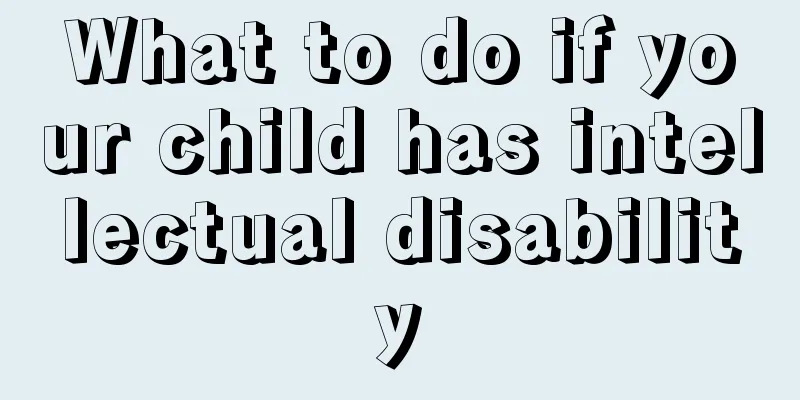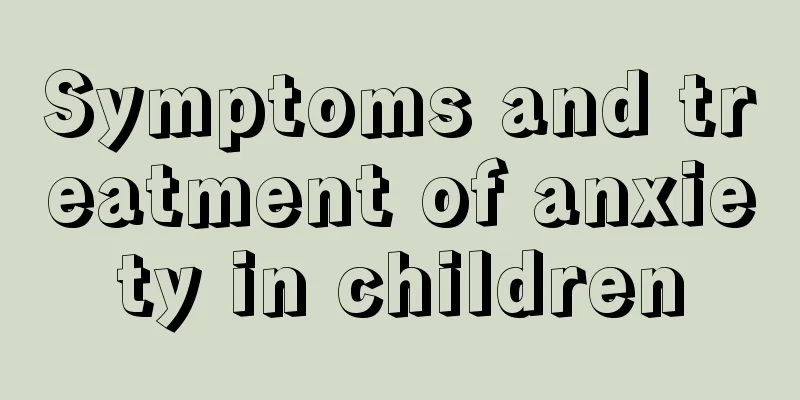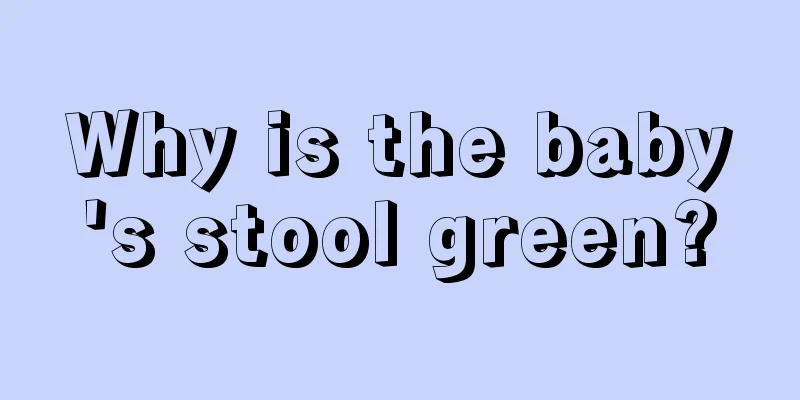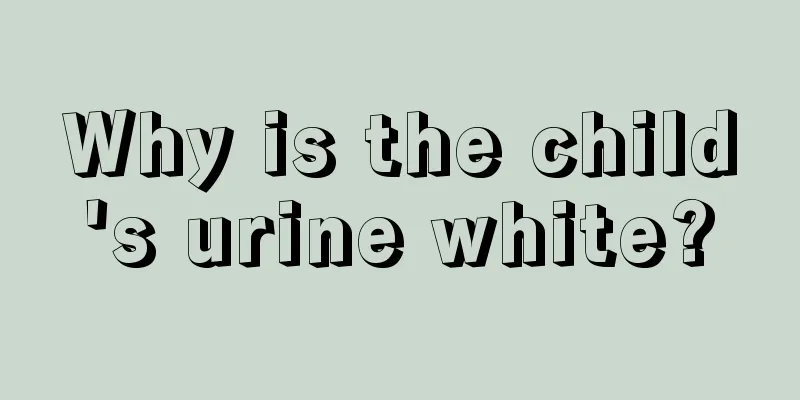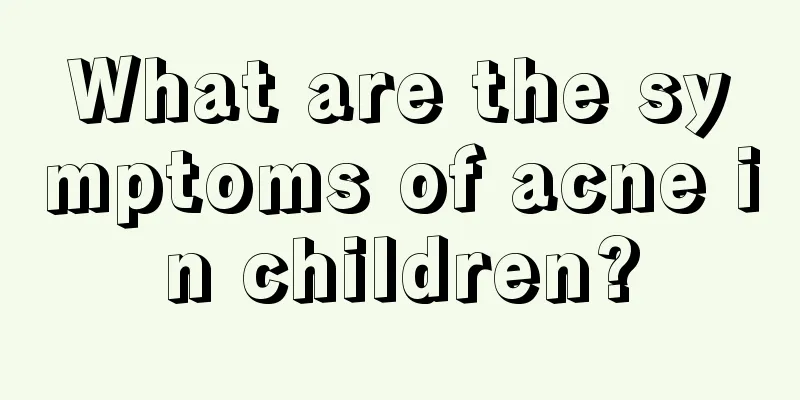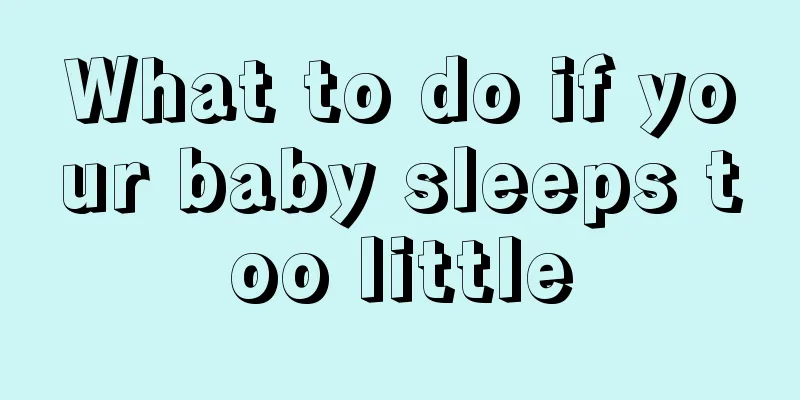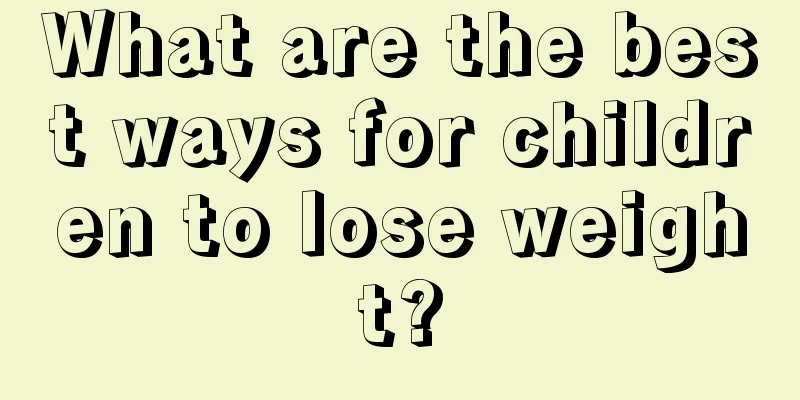What are the clinical manifestations of Henoch-Schonlein purpura in children?
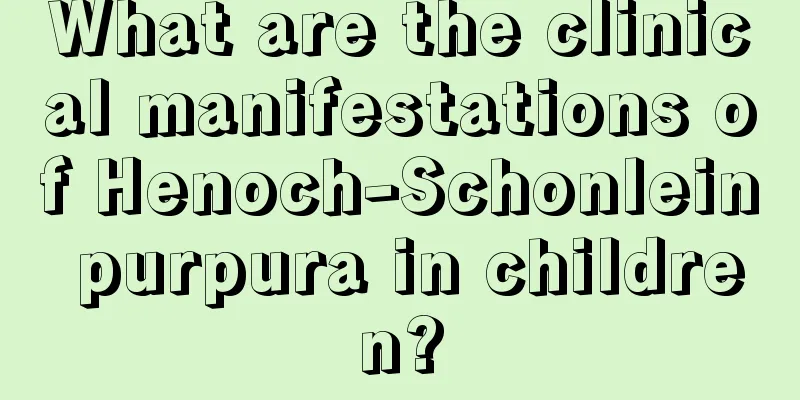
|
If a child suffers from allergic purpura, the first thing to do is to find the allergic factors based on the situation and eliminate them. Then, some anti-allergic drugs can be used under the doctor's advice. Some traditional Chinese medicine treatments are also very effective. However, if the condition is more serious due to the child's physical condition, it must be treated urgently, such as sending the child to the hospital for treatment. 1. Symptoms Patients with this disease often have skin bleeding spots, so they are psychologically nervous. We should comfort the patients, introduce recovery cases to them, and help them build up confidence in defeating the disease. We should pay attention to lifestyle adjustments. In the acute phase, they should stay in bed and rest, and do less activity, because activity can accelerate blood circulation and aggravate bleeding. In the remission phase, they should regularly participate in physical exercise, strengthen their physical fitness, and prevent colds. We should actively clear the infection foci and prevent upper respiratory tract infections. We should avoid all allergens and prevent the inducing factors of this disease. Dietary regulation is also important. Henoch-Schonlein purpura, also known as purpura, is an allergic vasculitis that invades the capillaries and arterioles of the skin or other organs. It mostly occurs in male children and is characterized by non-thrombocytopenic purpura, often accompanied by abdominal pain and joint symptoms. 2. Clinical manifestations It is common in children aged 3 to 10 years old, and begins with purpura of the skin and mucous membranes, accompanied by fever, headache, malaise and loss of appetite. Occasionally, abdominal colic or joint pain is the main symptom. The earliest cutaneous manifestation is an urticarial rash of small, scattered petechial spots that generally become hemorrhagic within a day. It often occurs on the extensor side of the limbs and buttocks and is symmetrical. Renal damage occurs in approximately 50% of cases, ranging from mild nephritis to severe renal failure. 3. Treatment principles 1. Try to eliminate allergenic factors. 2. For simple cases, compound rutin, calcium supplements, vitamin C, and antihistamine preparations can be used. 3. Corticosteroids can be used for fever and arthritis, but they cannot prevent kidney invasion. Immunosuppressants can be added for patients with stubborn chronic nephritis. 4. Traditional Chinese Medicine: Treat based on syndrome differentiation and clinical symptoms of the disease. |
<<: What are the causes of schizophrenia in children?
>>: What should children pay attention to before and after tooth extraction?
Recommend
How to treat a six-month-old baby's cough
We all know that when we catch a cold, we usually...
What should I do if my baby's butt cracks
Babies are very likely to get hurt if they are no...
Babies who eat too much sweets tend to be withdrawn
Sweets are the food that many people, especially ...
What causes headaches in children?
It is common for children to have headaches in li...
What should I do if my baby eats jujube pits?
Red dates have high nutritional value. Whether ea...
What should I do if I have a fever, viral infection, or bacterial infection?
We all know that fever is a very common disease t...
What to do if your 4-month-old baby has a decreased appetite
What I want to share with you today is a question...
What to do if the child is too fat
Some parents are very worried that their children...
How to get your baby to sleep
Right after a baby is born, he or she is not yet ...
Can a 4 month old baby sit?
Every change in the baby after birth is watched b...
How to do muscle training for children?
When children are growing and developing, proper ...
What is the reason for a child's fever and low white blood cell count?
White blood cells are a type of immune cell in ou...
What are the side effects of enema for children with fever?
Many children in their early childhood often suff...
Can children eat red dates when they have a cough?
Children are relatively weak and are prone to cou...
What should I do if my baby has mild anemia?
Once there is a little problem with the child'...
